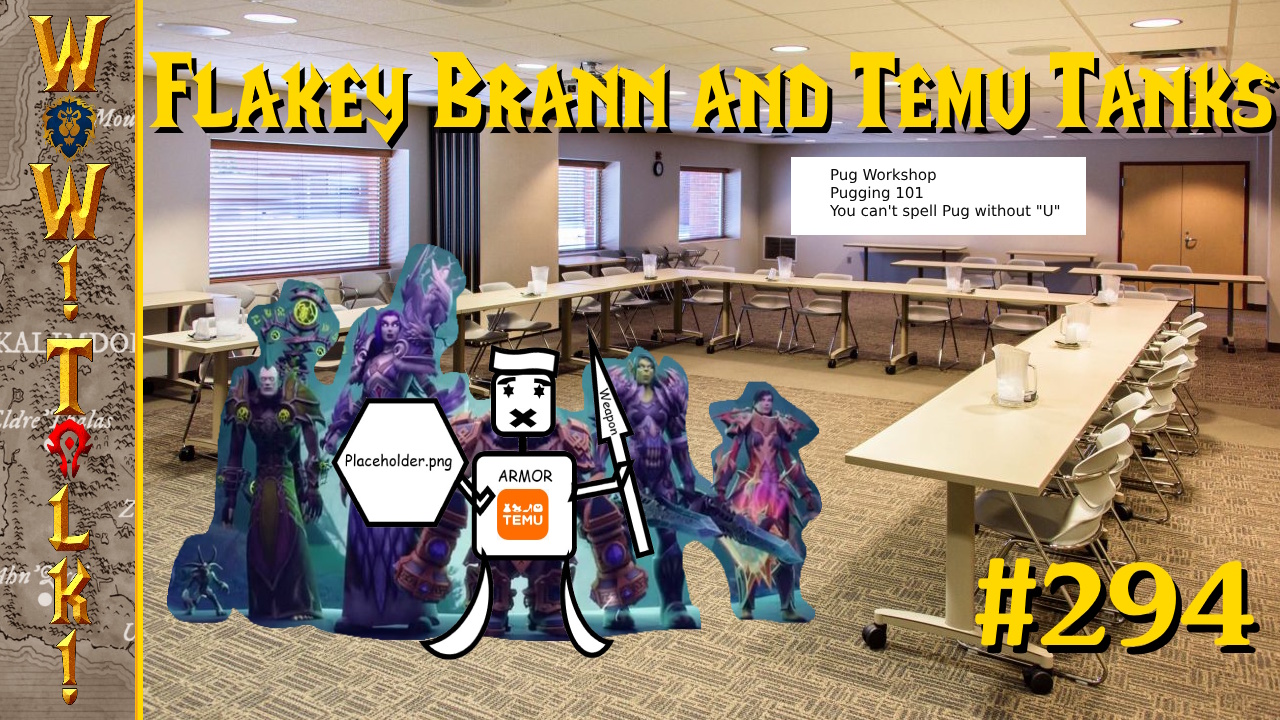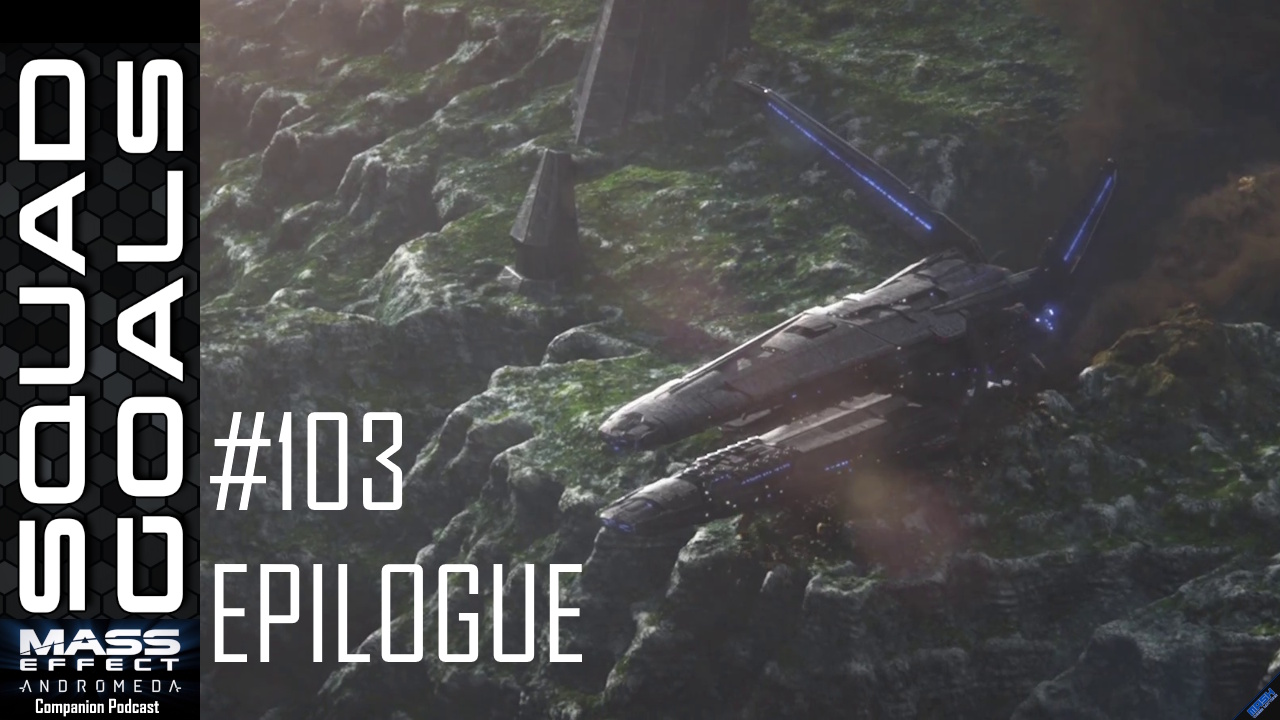
I was a little worried when I watched the preview of Metro: Last Light a while ago at PAX East. I only got to see someone else play it, and from what I saw it looked like the guns had been cleaned up. Having to deal with the crummy guns while trying to survive was part of what made Metro 2033 so interesting and different, and it forced the game to have a much bigger emphasis on stealth rather than combat. Well, I do have to say that they fixed the firearms in the game so that they work a whole lot better, but the game’s still as hard as it was before, if not moreso. Why? Because the enemies will perforate you if they even catch a glimpse of you.
I was slowly reminded of all of the other neat things I’d forgotten about the Metro within the first few minutes of the game. You play as Artyom, a man who has a connection with the Dark Ones, which are creatures that seem to be at fault for a bunch of nukes launching and destroying the world. Artyom happens to be the only person who can communicate with them, which you’d think would make people listen to him more when he talks about them, but if they did there wouldn’t be much game here. Surprisingly, the game takes off after the bad ending of the last game; which kind of frustrated me considering just how hard I had to work to get the good ending. At any rate, you find out that there is one last Dark One kicking around, and in going looking for it the player ends up in an array of bad situations involving Nazis, Communists, and the other survivors who fled into the subways and underground bunkers known as the Metro.
You’re better equipped to deal with those situations than last time, and this turned out to be a good thing. In Metro 2033, the guns were really bad. I’m talking having trouble hitting things that were right in front of you bad. This felt like it was a natural part of the post-apocalyptic world of the Metro, as most of the guns were hand-made with what was lying around. I imagine there would be drawbacks to using scrap parts to make guns, and this was reflected in the gameplay. It was really hard to pull off a decent shot, so you had to get your stealth game up to par. It was frustrating, but still felt like it was part of the game’s themes.

It’s surprising for me, but having better-functioning guns works. It took away a lot of frustration I imagine most people would have about the game and has made it more accessible, but 4A Games has balanced that out by making the enemies even smarter and more resilient than before. I thought I could just walk around and blow people away with the new guns I’d found when I entered the first combat area, but soon found out that wasn’t the case. The enemies are all still crack shots, but it feels like there are just so many more of them firing at me at once than there was in the older game. My screen was literally bucking as if Artyom was having a seizure from all the bullet impacts, and I was dead in a hurry. Better guns did not make this game unbalanced or too easy.
The difficulty comes from the genius enemy AI. For starters, once you set off an alarm they will never stop looking for you. Once someone sees you you’re screwed, and that’s that. Sometimes the enemies can seem a little dumb in how they sweep an area, but that one guy who’s come looking for you is not the only person looking in that particular direction. Enemies will take every route as they converge on where they think you are, and even more impressively will watch each other’s backs while they come for you. I watched a group of four constantly circling with their backs pressed together while they looked for me, and it was awesome. They’ll go so far as to flick on more lights, call in reinforcements, or hunker down and continually watch places they know you have to pass through.
It’s really impressive to watch them look for me, but it’s even more spectacular when they find me. I don’t get excited about losing in a game too often, but this game just pounds you so hard when it catches you that you can’t help but shake your head. It went down in similar ways every time I got caught. Once I was seen, reinforcements instantly arrived on the scene in heavy armor and began heading to my immediate location. Weaker enemies would then flank my location as best they could, but they wouldn’t purposely put themselves in danger if there was no clear shot. They’d take cover from far away and fire pot shots at me while the heavy armor guys flushed me out, or they’d pitch grenades to get me to run out. If I didn’t have a good hiding spot, the soldiers would move up in groups and flank me, keeping me busy in one direction while someone snuck up and placed a shotgun right into my back. When things went south, I rarely ever had a chance to even finish pulling out my med pack before I was bleeding on the floor. So, don’t get caught, all right?

To avoid getting seen, you still have all the options from the previous game that I loved. Your best bet is staying in the dark, but shooting out lights makes enough noise that you’ll probably get caught. The solution is that you can unscrew light bulbs and blow out lamps if you get close enough to them, so if you want to get through an area you have to plot a path to light sources. You can often creep from one light source to the next, turning them off as you make your way across the room. You can do a stealth takedown on the soldiers you see along the way, choosing whether to kill or knock them out as you see fit (although enemies that are knocked out won’t wake back up). Be careful, though, as bodies put everyone on high alert if they’re found.
It’s interesting, because the best possible way you can attack the game is to avoid just about everyone. Stealth takedowns might make you feel better since that enemy is no longer moving, but I found bodies were found pretty fast no matter where I killed them. What was best was to keep a close eye on the enemies, following close enough behind them that you can duck into a corner if they turn around. Enemies can barely see in the dark, and with Metro: Last Light‘s addition of a blue light on your watch that indicates when you’re visible it’s actually not too hard to stay hidden. In doing this you can tiptoe past conversations and sleeping guards with relative ease, taking care not to get too close to a guard and blow the entire thing. Expect it to happen, though, as the checkpoints are pretty far apart and a single screw up brings a lot of armed soldiers down on your head. You feel like a king every time you get through an area untouched, though.
Sometimes there’s no avoiding combat, but most of that comes from fighting the creatures in Metro: Last Light. The monsters that appeared after the nukes in the world of Metro are pretty vicious, often attacking in huge packs that feel a lot different from fighting soldiers. It’s at these points where you’ll end up counting the bullets in your gun as your clip drains, trying to sneak a precious reload in during the time it takes the next beast to leap for your throat. There are even more new monsters that have been added since the last game, making trips to the surface world that much worse than they used to be. Enemies with armored bodies have been added, as well as other species of mutations with more attacks like spitting acid. Being on the surface of the last game was dangerous, but in this one it feels more like suicide.
If you’re new to the series, the first thing you need to take care of on the surface is your air supply. You can find gas masks with relative frequency, although the filters for them are in short supply. They’re beyond precious, as without filters you’ll die fast on the surface; adding this frantic search to your already-hurried trips outside the Metro. If you pay attention while walking around you’ll probably find enough to be fine, but doing so while dodging the dog creatures, acid spitting monsters, winged demons, and armored reptiles can be pretty hard. Your watch conveniently provides you with a timer showing how much air you have left while you’re at it, so you can enjoy watching the timer ticking down to your death as you desperately dodge creatures while looking for new filters.
If you poke around the tunnels you may find enough to see you through, though. For a game that is essentially a linear shooter, there are a lot of side tunnels and passages you can take. Most of them have something interesting in them if you live long enough to earn what’s there, but there are so many of them that it’s hard to decide which paths to take. All of these extra spaces make for a lot of fun for anyone interested in exploration, but the game often seals the way behind you without much notice. It means that there’s a lot of places for me to check out during a second run at the game, though, so I’m not too mad. These spaces also provide dozens of different stealth options for when you’re avoiding soldiers, so for a game with essentially one route through it, there is a lot of variety in where you can go and how you approach things.
This stuff could make for an interesting game, but it’s the world of Metro and its story that really bring it all together. This game and its predecessor are adapted from novels by Dmitry Glukhovsky, and are just full of great stuff. There seems to be an unending array of terrible people who’ve moved into the Metro, and the game shows a lot of interesting takes on how humanity reacts in the face of annihilation. Watching how people band together in this world, the little moments of humanity while someone entertains a child or a couple just huddles close, help make it feel more grounded in reality than most shooters I’ve played. The Metro games always feel like the world’s already been lost, but there’s this dim glimmer of hope left. You feel less like a hero in this world looking to right wrongs and more just a good person trying to help. It can be strange to say, but the story of a game involving shootouts with mutated monsters feels more real and human than any ‘realistic’ shooter I’ve played.

It feels right to play this game with the voices in its native Russian, but there is one small issue in doing so. There is a whole lot of stuff going on in Metro: Last Light, and many of the odd side conversations aren’t translated. If they’re pertinent to the story they are, but you miss out on a lot of conversation between the survivors. Also, since the game continues to play while you talk to people it can be hard to keep track of things while reading subtitles, so you may want to consider keeping the language to your native one while playing it. The voice actors they hired to do the English were fantastic, though, so the game doesn’t feel like it’s lacking if played in that language. Still, you best believe I’m playing this with the Russian turned on during a second playthrough.
I love playing Metro: Last Light. It constantly shifts between stealth, fierce combat, and storytelling, moving all over the varied locations and factions of the Metro. You can be running from a mob one minute and flying down a track while shooting monstrous spiders the next. The game is always changing, but through its story and tight gameplay it doesn’t feel like some mindless action game. It consistently surprises and impresses me every time I play it, and I am already dying for my next excuse to go back down into the Metro.





